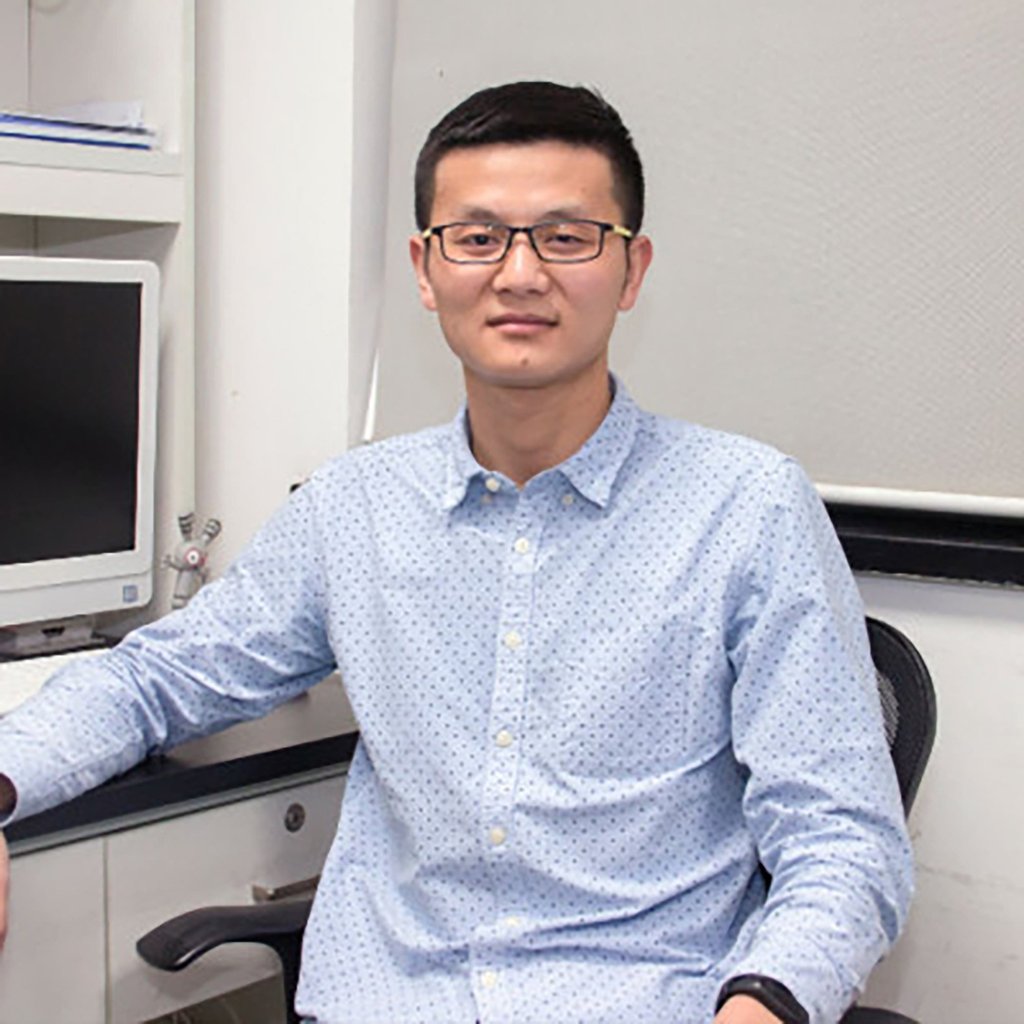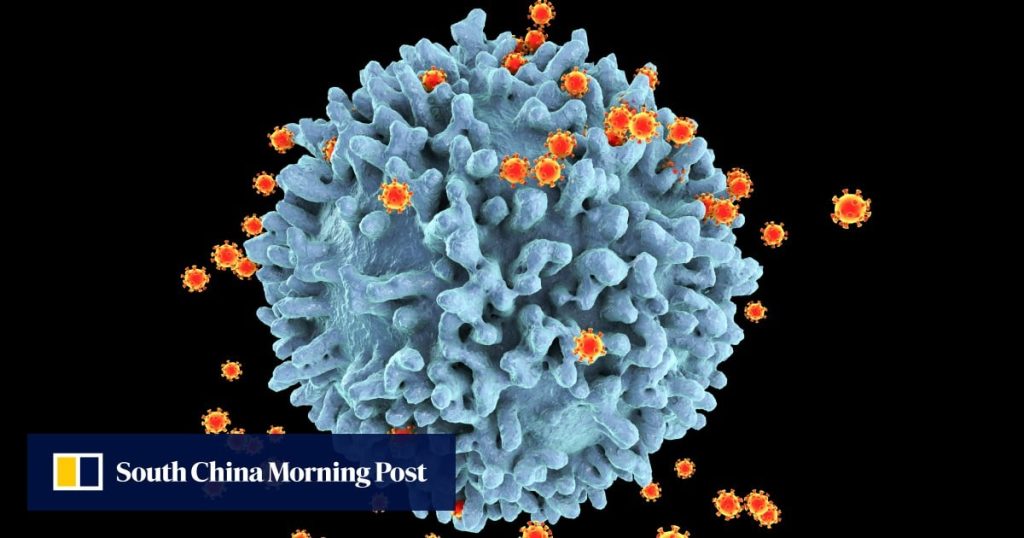The method addresses the main challenge to a vaccine – the very fast mutation of HIV that quickly leads to an infected person battling a swarm of viral strains – by effectively training the immune system along multiple routes, not just one.

Xie and his fellow researchers from the Ragon Institute – a collaboration between Harvard, affiliated teaching hospital Mass General Brigham and MIT – used modified mice to produce numerous human-origin B cells that could identify the virus swarm.
According to the Wuhan University website, Xie took up his new position this month as an independent principal investigator and doctoral supervisor at the State Key Laboratory of Virology and Biosafety.
The laboratory was established jointly by the university and the Chinese Academy of Sciences’ Wuhan Institute of Virology, China’s top virology research institution into viruses that became widely known during the pandemic.
In December last year, the laboratory’s research focus was adjusted to cover the mechanisms of highly pathogenic virus infection, novel immune intervention strategies and innovations in key biosafety technologies.
During his four years at Sichuan Agricultural University, where he completed his undergraduate studies in 2008, Xie was awarded a national scholarship and was recognised as an outstanding graduate of Sichuan province.


